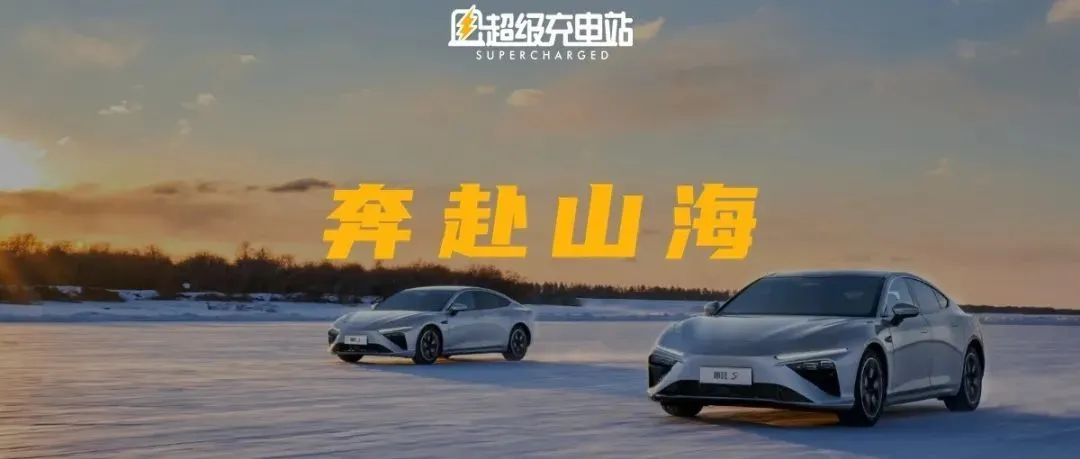Author: Chang Yan
In early 2022, in Heihe, Heilongjiang, China’s coldest season met the country’s coldest city.
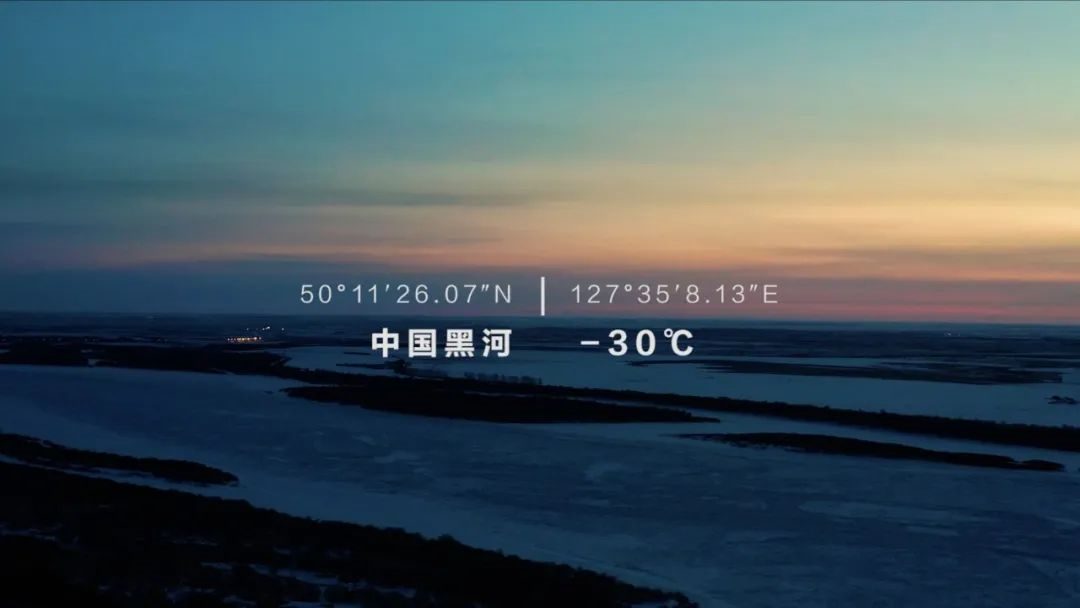
A NETA S car which had just completed a cold weather test quietly returned to the hotel where it was stationed. Unexpectedly, the engineers who had finished a day’s work did not look happy.
Must achieve
During the first performance acceptance test, the heat pump system of this test car stopped working at -7 degrees Celsius.
It may sound like nothing out of the ordinary from an industry-wide ability of only reaching -10 degrees Celsius, but the reason why the NETA engineers were under pressure was that the R&D goal of this car was an unprecedented -18 degrees Celsius for the industry.

Before this test, NETA had done more than half a year’s long preparation. The engineers had made repeated adjustments to the plan with the industry system development team and academic institutions, and had chosen the top suppliers in the industry regardless of cost. They also spent over a month setting up rapid prototypes and test benches, and everyone came with great expectations.
However, the result was frustrating. The development engineer Hu Wei recalled that at the time, even he had thought of writing a report to the leadership to see if they could change the goal.
Electric vehicle energy efficiency has become the core of the new round of competition for intelligent electric vehicle’s three-electrics since 2022. Among them, thermal management, especially low-temperature performance, has a greater impact on China’s vast and extreme temperature difference driving environment. Therefore, whether in terms of technological accumulation or driving experience, this is the key indicator to enhance NETA S’s overall value.
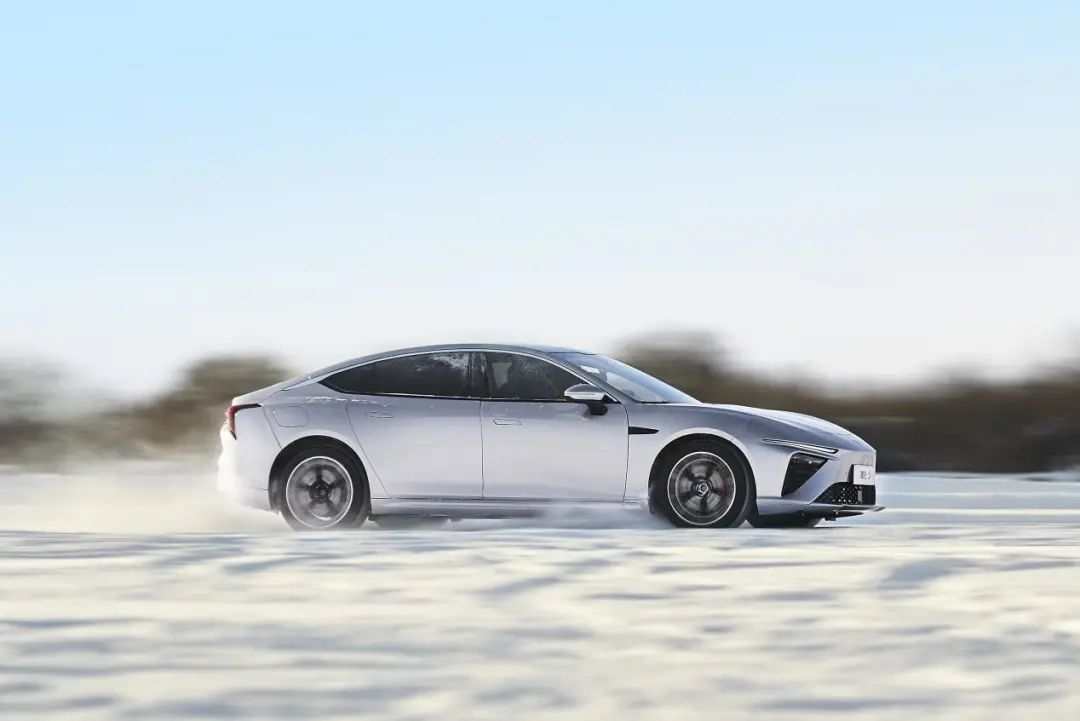
At the initiation phase, the NETA top management demanded simply, “we must make this car well. It may cost money or require more staff, but we must achieve it.”
The engineers, who had calmed down, immersed themselves in the supplier and test bench, and, as Hu Wei described, “fought fiercely, even banging the table at the supplier’s place.” Finally, they found that the problem was in the core 9-way valve of the NETA S’s thermal management system.
Many people think that electric cars are about mastering electricity, but in fact, electric cars also require mastery of thermal technology.Electric vehicles themselves are a highly unbalanced contradiction in terms of thermal energy, with many heat sources such as the motor that need to dissipate heat quickly, while many components are very sensitive to cold. The ideal situation is to always transfer the redundant waste heat from the electric vehicle to where it is needed in a timely manner, achieving the most refined management, as this is the state that achieves the highest overall energy efficiency and driving system efficiency.
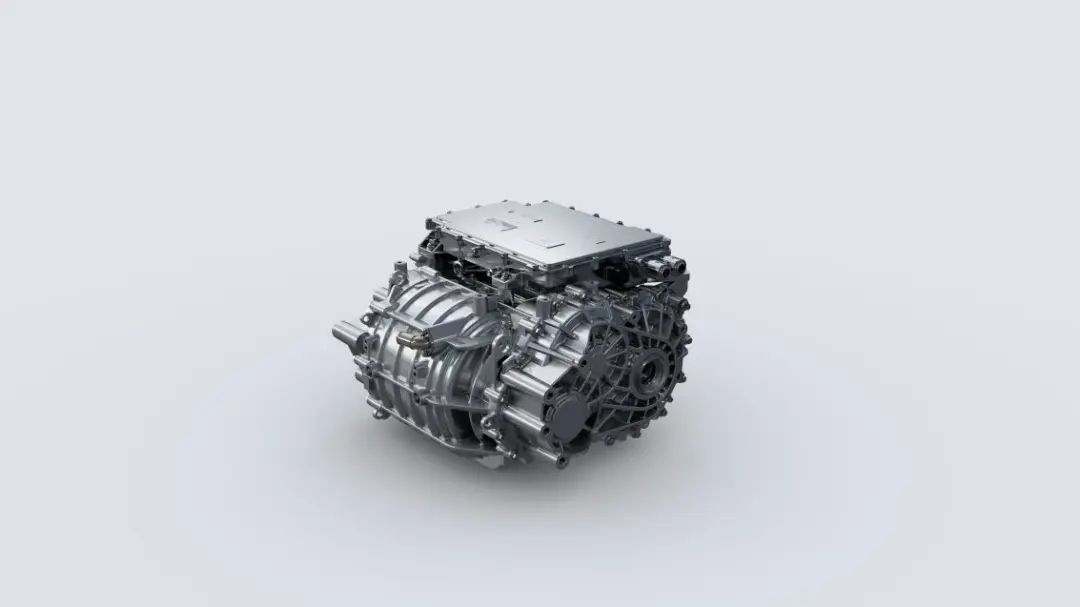
As a result, top electric vehicle companies have started to make great efforts in inheriting, coupling, and circulating heat sources. Previously, the industry commonly used 3-way or 4-way valves to connect heating circulation pipelines. Tesla’s Model 3 innovatively invented an 8-way valve, which has become a classic engineering model. Now, the NETA S has decided to challenge an even more difficult 9-way valve.
Engineers discovered that the reason the original system had problems at -7 degrees was due to heat loss caused by the waterways between different modes being prone to unexpected heat transfer when the heat pump air conditioning was connected. After the corresponding sealing system was added, the system quickly demonstrated excellent performance and was able to operate at the -18 degree target even in this colder winter.

In other words, the NETA S can use the heat pump air conditioning for heating as much as possible in the -18 degree and above range, saving a lot of electricity compared to traditional PTC heating systems used in electric heaters for homes. For northern users, this even means an increase in range of over 20% in the winter.
Pipe sealing is only the first challenge in the development of NETA’s thermal management system. Ding Peng, the chief integrated engineering engineer of the thermal management system, has deep feelings about the development process: “The higher the degree of integration, the more complex the development will be.” His team did a lot of logical sorting in the system principle, and successively determined the system circuit design in more than a dozen situations. In addition to the sealing system, they also did a lot of simulation testing and optimization of the flow resistance to reduce the low-pressure energy consumption of the system as much as possible. They even did a lot of analysis on the connection structure and fixing points of the water pump and the body to ensure that the waterway does not affect the cabin noise of the NETA S while ensuring the excellent performance of the vehicle.Finally, Li Auto’s NIO S achieved the interconnection of heat management functions for multiple core components in the car, and even achieved coordination with charging facilities’ heat management. For example, the heat generated by the motor during operation will heat up the battery through the waterway and can even provide heat to the passenger compartment. The battery in NIO S is no longer simply defined as a heat source or a heat sink but has become a heat reservoir. For example, when the vehicle is charging, the temperature will also be appropriately increased in winter, and these temperatures can be circulated to other parts that need heating while driving, effectively extending the vehicle’s range.

The 9-way valve is only a microcosm of the innovative engineering of the NIO S heat management system.
As mentioned earlier, winter range is also related to the passive insulation performance of the battery pack. The optimized internal insulation of the module, the insulation layer and materials inside and outside the upper and lower box have been optimized so that the battery can be heated to 25 degrees in a -20 degree environment, and even after being stationary for 6 hours, the battery can still be higher than zero degrees, and its discharge performance can be like spring all year round.
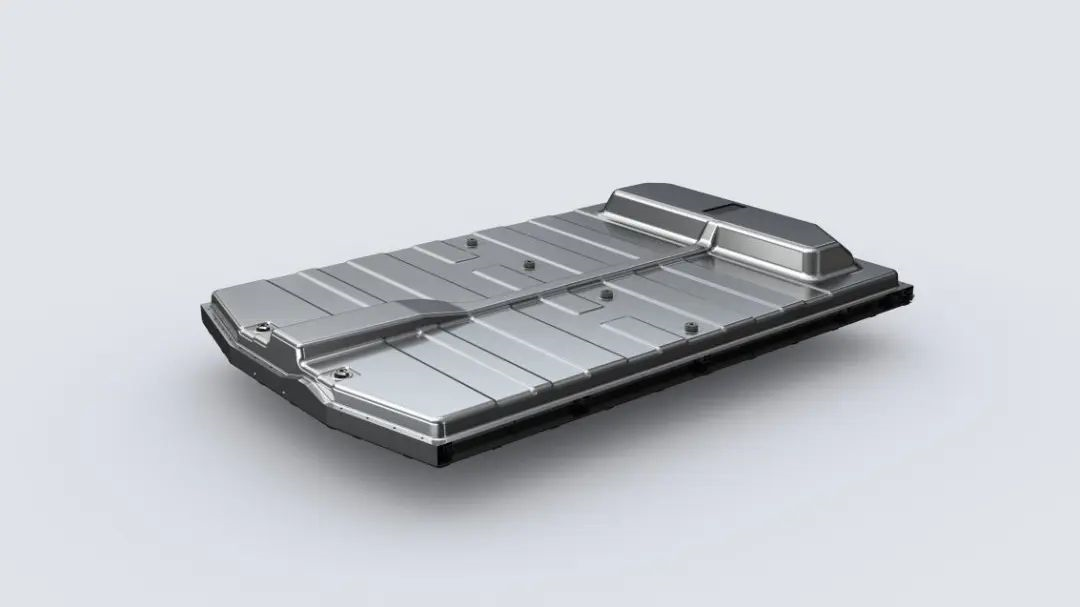
Many people will focus on the extremely low hood of the NIO S when they see its appearance for the first time. This undoubtedly helps to create a strong forward vision for the entire vehicle and optimize the aerodynamics of the entire vehicle. The engineering team of the NIO S found that cooling the air conditioner condenser can be removed and directly cooled with water through multiple rounds of technology simulation tests. This became a key factor in reducing the volume of the front of the car, and also conveniently reducing the wind resistance of the air intake position.
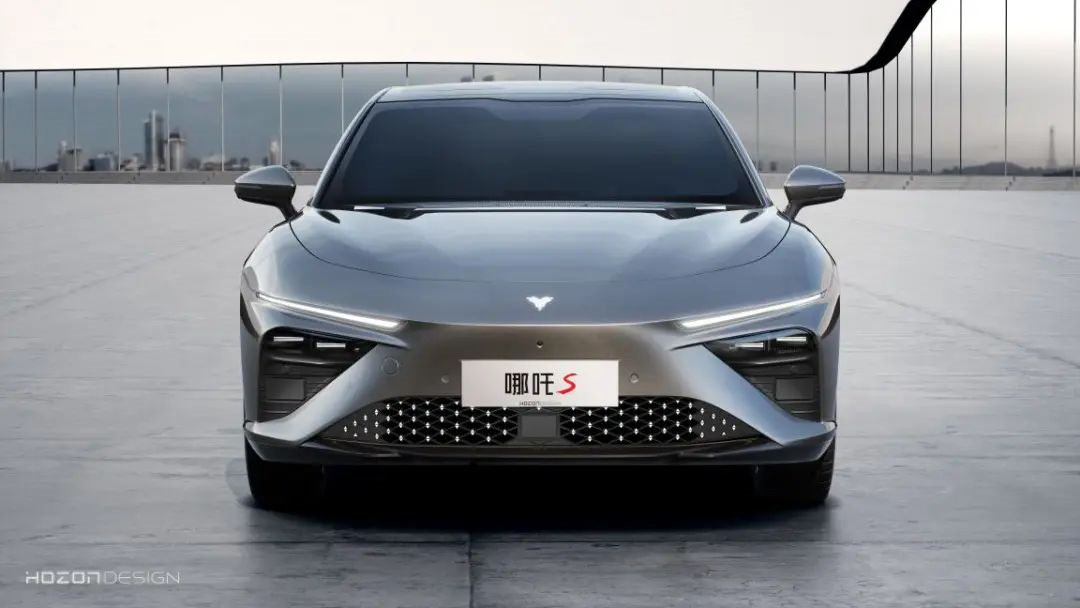
The challenges of engineering seem endless. A lower hood on an electric vehicle is already a challenge, but don’t forget that the NIO S also has an extended range model. In the past, extended range models have always been SUVs with a high and large front. The arrangement of the range extender and the heat dissipation all have considerable redundancy. However, the NIO S undoubtedly needs to make a pilgrimage to the West and make reasonable arrangements for all high-temperature components in a limited space.
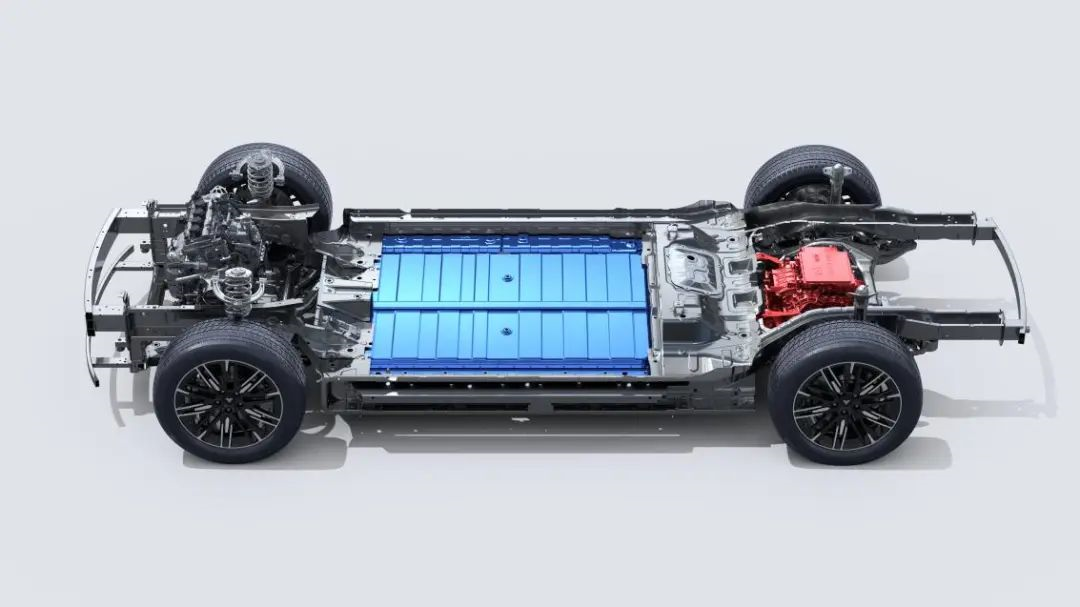 In the joint efforts of the entire engineering team, the thermal management system of NETA S achieved high integration and layout optimization, resulting in a 40% reduction in the number of pipelines for the entire vehicle and a 50% improvement in reliability. This brought about positive synergies for vehicle layout and design in other departments. For example, the front compartment now has a storage compartment that can hold an 18-inch suitcase, and the structure of this storage box also uses the hanging beam of the heat pump unit.
In the joint efforts of the entire engineering team, the thermal management system of NETA S achieved high integration and layout optimization, resulting in a 40% reduction in the number of pipelines for the entire vehicle and a 50% improvement in reliability. This brought about positive synergies for vehicle layout and design in other departments. For example, the front compartment now has a storage compartment that can hold an 18-inch suitcase, and the structure of this storage box also uses the hanging beam of the heat pump unit.
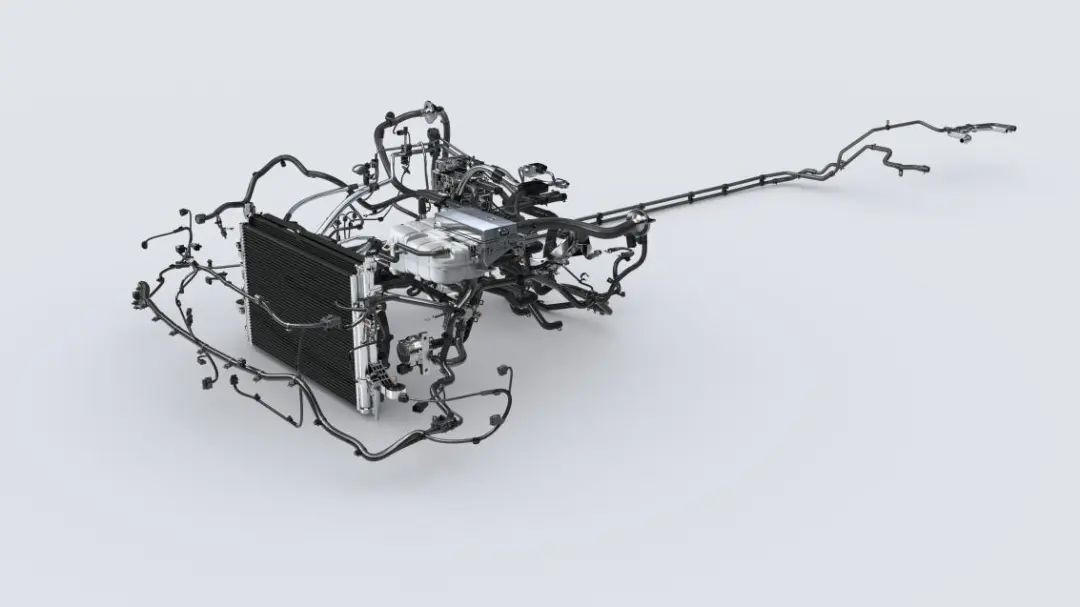
In our interview, the NETA S engineering team did not tell us how much the final optimization of energy consumption was achieved because endless optimization is still underway.
Catching up with the first generation
The intelligent driving team of NETA S is also struggling with vehicle layout issues. Creating a good intelligent electric vehicle poses great challenges in terms of vehicle innovation and hardware and software research and development pressure for intelligent upgrades. In the past, based on their price range and user scenarios, NETA Automobile chose a very practical L2 level ADAS intelligent driving solution for their products. However, due to the broader user and usage range after the upgrade of NETA S, there is certainly a broader demand for more advanced highway/city navigation assistance driving functions.
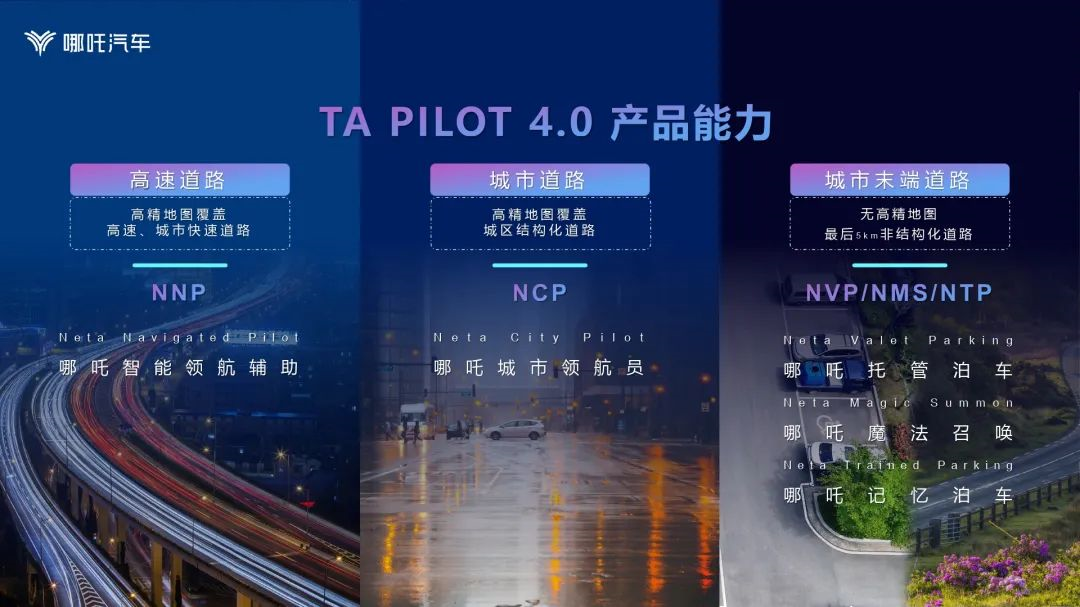
Adding a laser radar became the necessary choice of flagship products, but how many to use and where to place them are artistic activities that really challenge the understanding and engineering capabilities of automobile enterprises. First, Xpeng Automobile arranged two in front, while NIO attracted a lot of attention with the “watchtower” plan that places one at the top center. The plan from NETA S is the one with the largest imagination space. They will place two laser radars in the area of the front bumper during mass production and delivery, but at the same time, they have also increased a hexagonal space on the front of the roof, leaving engineering possibilities for a third laser radar.
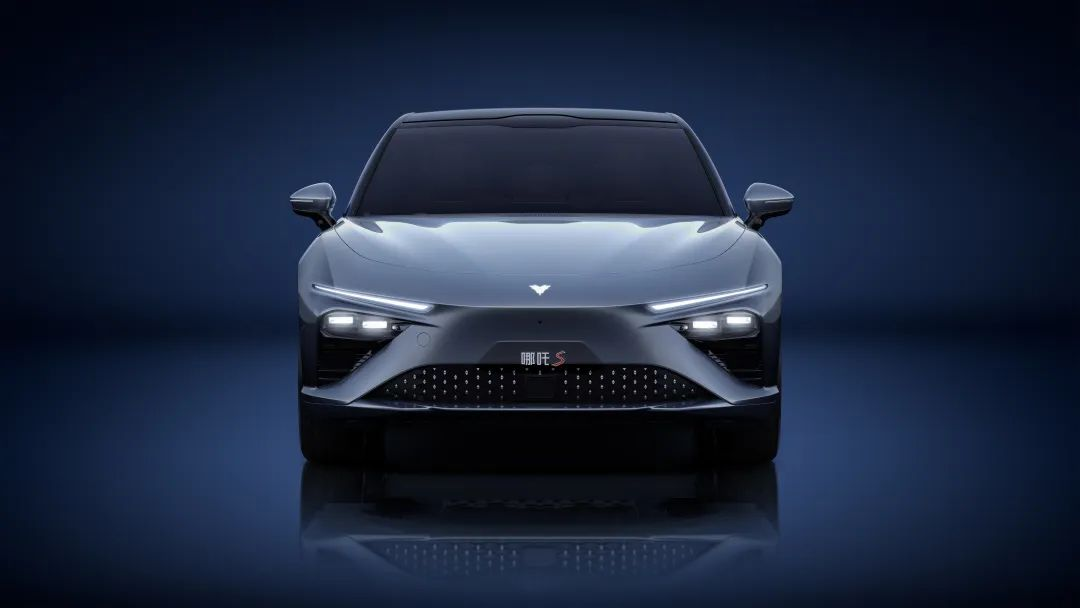
This type of system planning that leaves sufficient room for growth for future user needs and industry technology development requires a balance between vehicle factory teams and software algorithm teams in the present and future. The NETA S thermal management team told us that the two laser radars in the front also need to dissipate heat in a small space. At the same time, they need to consider that the sound of heat dissipation from the laser radar solution for the head would not disturb the passengers inside the car.
All these laser radars, along with the subsequent intelligent driving computing platform, are provided by Huawei.In the past year, Huawei’s autonomous driving technology has become a social hot topic, and among the many partner car companies, NETA is undoubtedly a particularly low-key player with a distinctive cooperative solution.
Unlike some car companies that globally use Huawei’s readily available software and hardware solution, the TA PILOT4.0 intelligent driving system installed in NETA S is developed entirely in-house by NETA’s intelligent driving team, with hardware support from Huawei.
TA PILOT4.0 also represents the first mass-produced intelligent driving solution that uses Huawei MDC platform for hardware and adopts self-developed software by the automaker.
This is the answer to the issue of upgrading flexibility. A self-developed software solution enables timely functional layout development, innovation, and iteration.
As an extreme example, if a key sensor fails during the autonomous driving process, an accident is likely to occur in traditional car models. However, NETA’s proprietary algorithm incorporates a strategy for function upgrade and downgrade, allowing for gradual braking and parking alongside the road based on the distance or route prior to the sensor failure.
However, this also means that NETA must invest far more in team resources than the industry average. Zhao Pei, the product design director of NETA’s intelligent driving team, recalls that in April and May 2021, the entire team comprised less than 100 people, but within 2022, the team will grow to over 300 people and continue to expand, not to mention the support staff from other departments for testing, tuning, and acceptance.
For this continuously changing team, NETA has set two immutable goals, each of which can be regarded as a challenging industry-standard task.
First, it is the highest “intellectual value ratio.” The formula has automatic driving capability on one side and the computing power of the entire platform on the other. With 1,000 TOPS computing power already onboard, NETA’s chosen Huawei MDC610 computing platform has 200 TOPS of computing power, yet its application capabilities are no different from the highest industry level.
However, Zhao Pei tells us that “NETA’s smart driving system has an industry advantage. After achieving our planned functions, we will continue to make upgrades” because “there is still plenty of space for improvements (in computing power) on the MDC610”.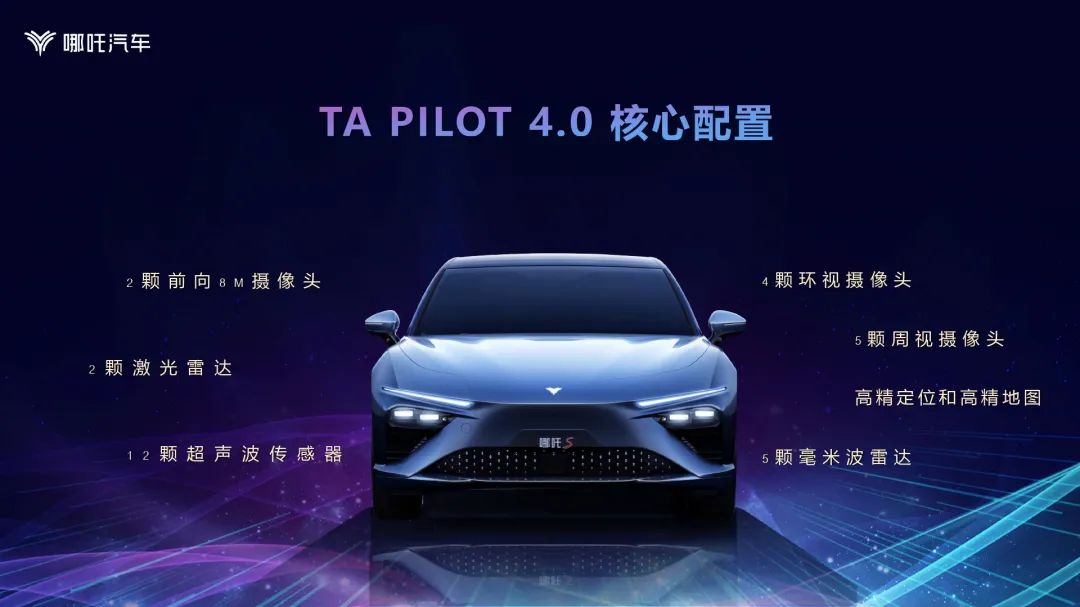
“Intelligence-price ratio” saves unnecessary initial hardware costs for consumers explicitly, and also ensures that the algorithm team must concentrate on software efficiency and improve development quality implicitly.
In terms of actual smart driving functions, compared with similar functions on the market, the smart driving function covered by TA PILOT4.0 with MDC610’s computing power support will bring consumers a better functional experience. This “better” not only embodies the interaction level of functions, but also reflects the coherence of switching different functions in cross-scene environments and the sensory aspect of function grade strategy.
When NETA chose Huawei, it was also attracted by the continuity of its technology solution. In addition to providing better cooperation with NETA for deep cooperation, Huawei’s computing platform can smoothly upgrade hardware according to NETA’s algorithmic iteration requirements, “If we reach higher levels like L4/L5 autonomous driving, we can migrate the algorithm model to Huawei’s computing platform.”
“The second is called ‘the first generation to reach parity’.” The NETA Smart Driving team decomposes the meaning of these four words into three dimensions.
- When this system is released, it will have strong competitiveness and complete functions in the entire industry;
- Having the advantage of being a latecomer, it delivers better smart driving function experience than its competitors in some aspects;
- Functions that perform worse than those of other companies will be fully achieved, even surpassing them through OTA by the end of 2023.
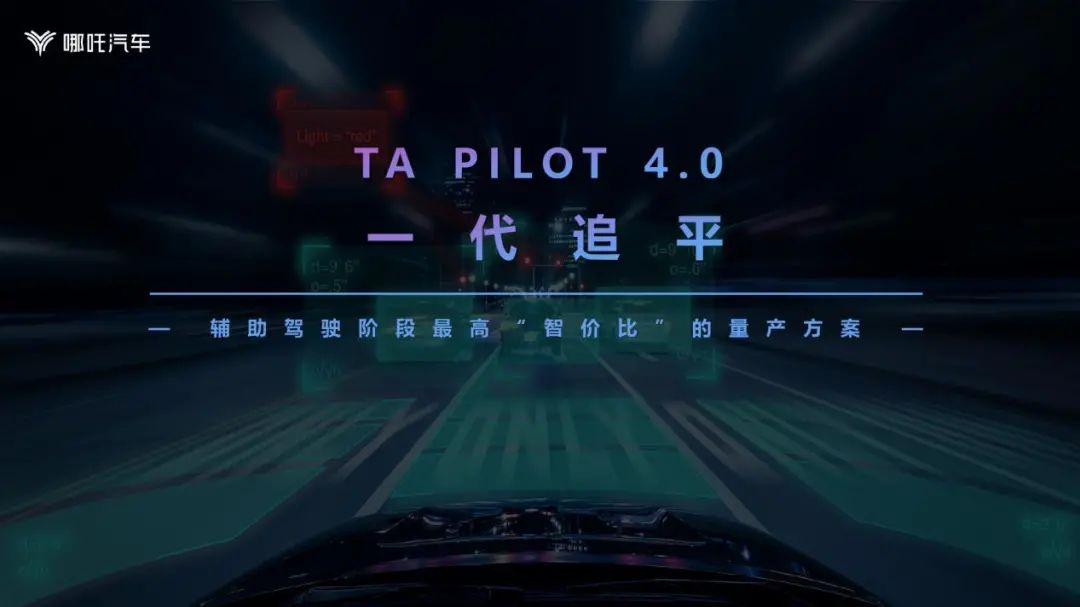
In terms of specific time nodes, NETA hopes to have basic ADAS functions and some advanced functions when NETA S is released this year, release more advanced functions around April-May 2023, and achieve full functionality before the end of 2023.
The smart driving team’s engineers stated that “when NETA S is released in the fourth quarter of this year, it will have more than 30 (smart driving) functions designed and developed by our chief engineer.” Under the influence of this year’s epidemic situation, it is easy to imagine how large the challenges in personnel and testing will be. From what we currently know, NETA S also hopes to achieve new heights in user experience dimensions through collecting more scenarios, more cool functions, and more humanized interaction.
At the NETA Intelligent Driving Communication Conference earlier this year, NETA also described its determination and efforts in intelligence driving as “continuous and saturation-style investment in intelligence.” “This is a decision made by the company’s top management,” said Zhao Pei. “I believe that the decision-making level of the company sees that intelligence driving is the industry consensus with the greatest and most critical development space for future intelligent vehicles.”## Spiral Target
If the thermal management team and the intelligent driving team of NETA S are doing multiple-choice questions, then the chassis team is working on an unselectable puzzle.
There is a widely spread yet myth-filled “common sense” belief: the suspension of a sports car should be hard, and a comfortable car should be soft.
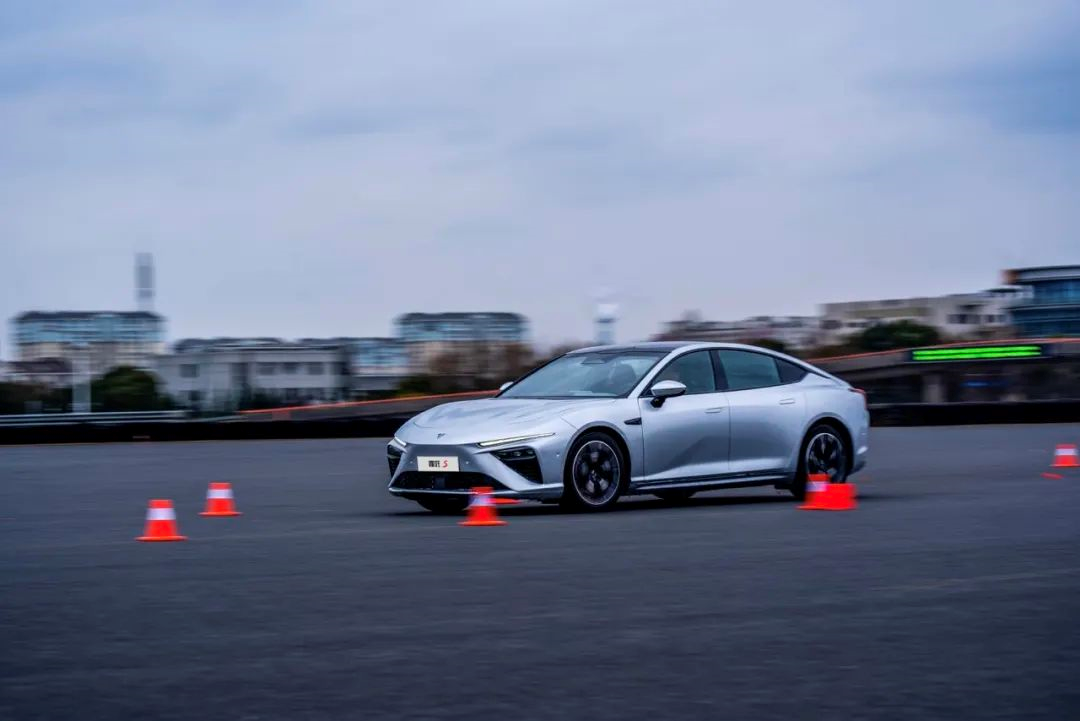
However, in daily driving, you can taste the single and one-sidedness of this conclusion. For example, if the suspension is too rigid, although it has good support, it is easy to oversteer during emergency cornering. If it swings, it is generally difficult for ordinary drivers to control. If the suspension is too soft, the side tilt produced during emergency avoidance will also be significant, which is equally hard to control. Or, let’s consider a simpler question. How should the suspension of a car like NETA S be adjusted, which needs to balance comfort and driving control?
To tackle this problem, we had the technical director of NETA electric chassis – Jiang Weng, the chief engineer of chassis – Yu Yuchun, and the project manager for NETA S chassis – Deng Rong. Compared to their current positions, what interested me more was their experience on the other side. All three of them have over ten years of working experience in the automotive chassis field. Furthermore, the chief engineer, Yu not only knows how to manufacture cars but also races cars and holds a national A-level racing license.
Hardware became our first topic of discussion for the NETA S chassis. There are many classic golden data in the world of automotive chassis, such as the 50:50 axle load ratio and extremely low axle load center of gravity, which have become development goals for NETA S.
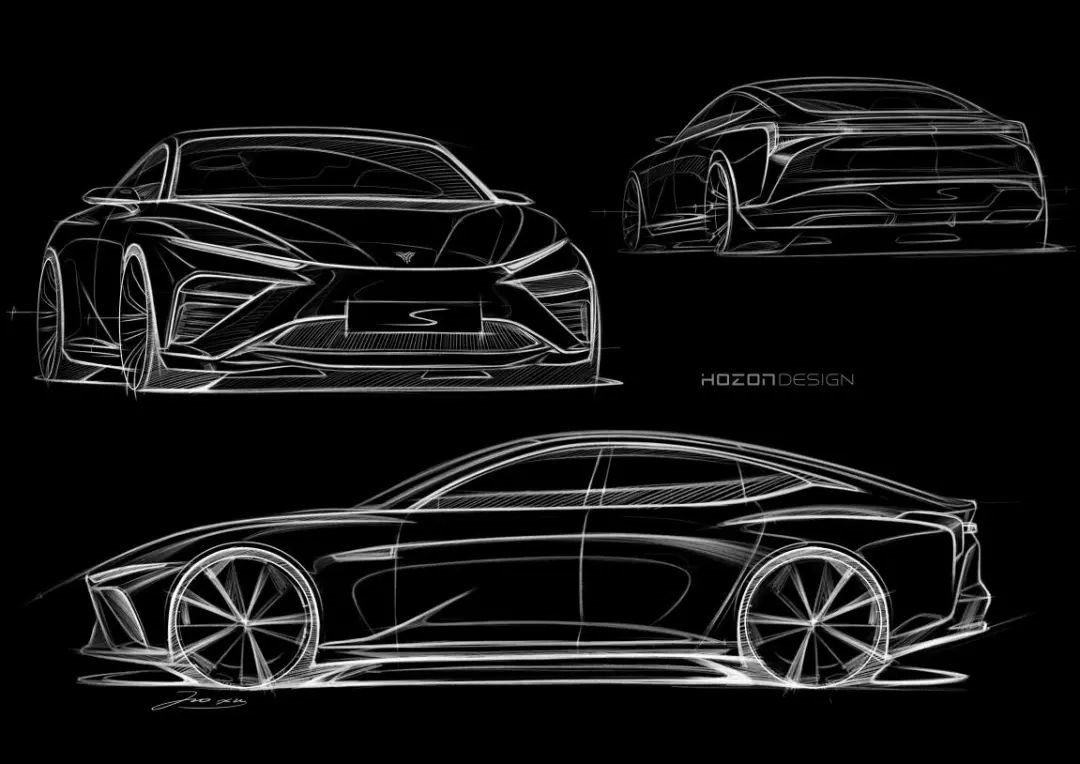
The 50:50 results come from the initial design during the system development.
Jiang Weng told us that in the early stages of development, the chassis engineering team needed multiple rounds of interactions with various system departments, including the vehicle project, vehicle layout, body system, electrical system, interior and exterior decoration system, vehicle testing, and intelligent driving system. Because the chassis carries all the products from these departments, “the layout of batteries, motors, body, interior and exterior decorations and electrical systems will all affect the weight control of the entire vehicle.” This requires “everyone to pursue their own performance while pursuing the overall system goals, in this process we have made great efforts and progress.”
After the data development was completed, the actual car’s manufacturing and validation required, not only an overall arrangement validation for suspension, braking, and steering, etc. chassis components but also corresponding engineering innovation.To achieve better driving performance, the NETA S adopts a front-rear drive configuration with the rear motor located at the rear end of the rear axle. It is easy to deduce that the rear axle is heavier than the front axle, therefore, only by moving the battery forward can the weight balance be achieved. The NETA S “inverted the lower control arm of the front suspension and placed it at the front end of the wheel hub”, which provided space for the battery to move forward. At the same time, the design of the steering gear and stabilizer bar of the entire chassis can be moved forward as much as possible. Along with the forward movement, there are also subframes and mounting points for the body. These methods collectively achieve the full convergence of the vehicle weight towards 50:50.
Aside from horizontal displacement, chassis work also involves vertical increase and decrease. In addition to moving forward, the battery pack also lowers the center of gravity of the vehicle as much as possible through human-machine layout, seat design, and floor design while ensuring passability. Finally, the center of gravity height of the NETA S was lowered to 465mm.
“Our company did not hesitate to select very good suppliers for the NETA S chassis”, this sentence also deserves a conclusion for the hardware part of the NETA S chassis.
In addition to hardware, there is also software.
Unlike the computer data and instructions constructed by coding that comes to mind intuitively, “software” here refers to the “soft power” of chassis tuning.
“We are actually one of the few new domestic companies with independent chassis tuning capabilities.”
The electric era has given the chassis a great opportunity to upgrade, such as a lower center of gravity of the vehicle body and the “front double-wishbone suspension + rear five-link” which used to seem luxurious but has now become a standard configuration for mid-to-high-end vehicles. However, for a specific car, knowing these things is still too macro-like.
In the eyes of engineers, chassis is precise to the angle after the decimal point and the distance to the millimeter.
In our interview, the NETA S chassis team introduced two suspension elastic kinematics indices, one is Bump Steer, which means that many times we drive over a bump, the steering wheel does not move but the wheels have actually shifted, which is related to the suspension. At the same time, if you want to use this effect to optimize the insufficient steering angle of the vehicle under extreme stability, you also need to “realize it by limiting the motion of the under-suspension bar system”.
“Our steering deficiency turn ratio is 1.5-2.1 °/g, which can achieve a good handling balance when controlled within this range, but it is difficult to achieve. This can be called the ‘golden steering deficiency turn ratio’,” Yu Yuchun shared with us.
There is also similar data like “tilt gradient,” which is closely related to the lateral stability of the vehicle during rapid weight transfer. “Our tilt gradient is at a level of 3-3.5 °/g, which can provide you with a particularly strong driving stability. This is actually far superior to some of the same level of sports cars in the market, especially fuel cars,” he added.
“Each control arm point in the suspension system, such as the upper and lower control arms on the front double wishbone, the entire subframe installation point, and the ten points of the five rear link suspension arms, these points are called ‘hardpoints’ in the professional field,” Jiang Weng said. We can understand these hardpoints as joints, and the position and structure of these points determine the performance of the suspension system with the same structure.
In order to achieve better “steering deficiency turn ratio,” NETA S made more than 40 combinations of fine adjustments to the hardpoints related to the installation of the steering gear. Each step of adjustment accuracy is 1 millimeter. “These hardpoints adjustments actually have a very big impact on the driving feel of the entire vehicle, but these details are actually invisible,” Yu added.
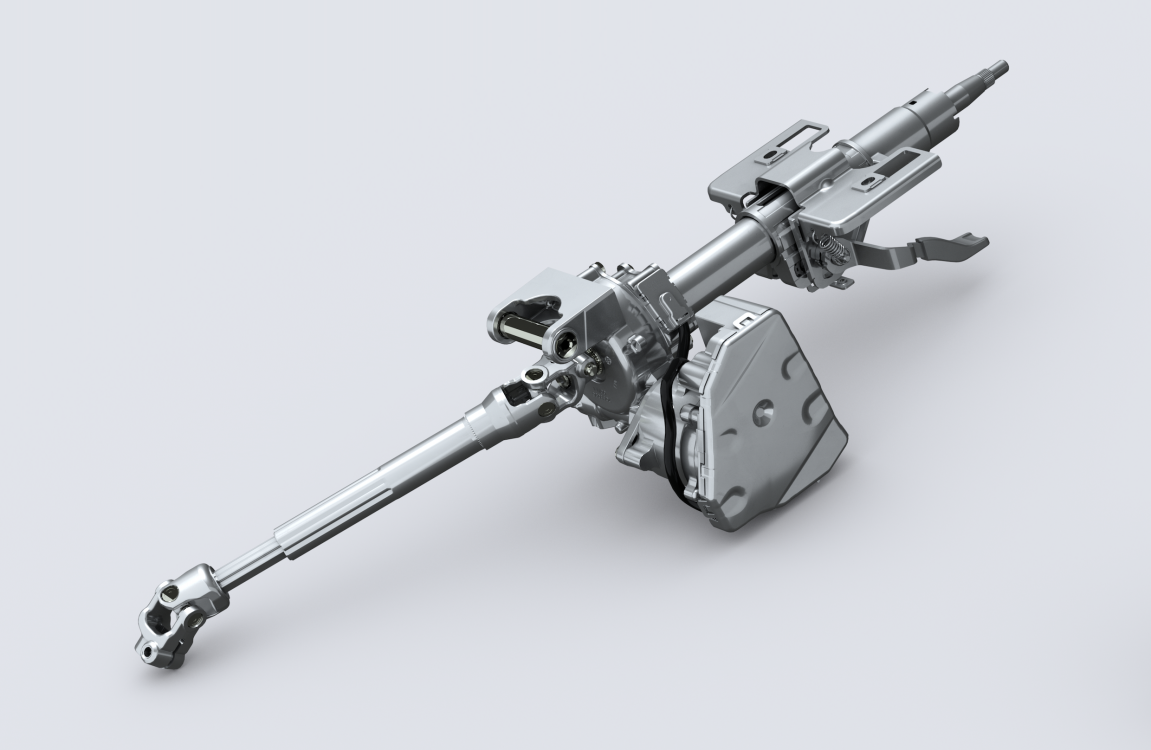
The tuning has long bid farewell to the era when a few engineers relied on a test bench for testing. Digital simulation has become the necessary way of argumentation before the project is established. Talking about various data, Yu Yuchun said: “We have gone through about 40 rounds of virtual simulation of chassis hardpoints and performance parameters when designing the front and rear suspensions, with about 200 simulation curves.”
In the entire chassis tuning process, there are more than 500 sophisticated parameters involving more than 100 distributed components.
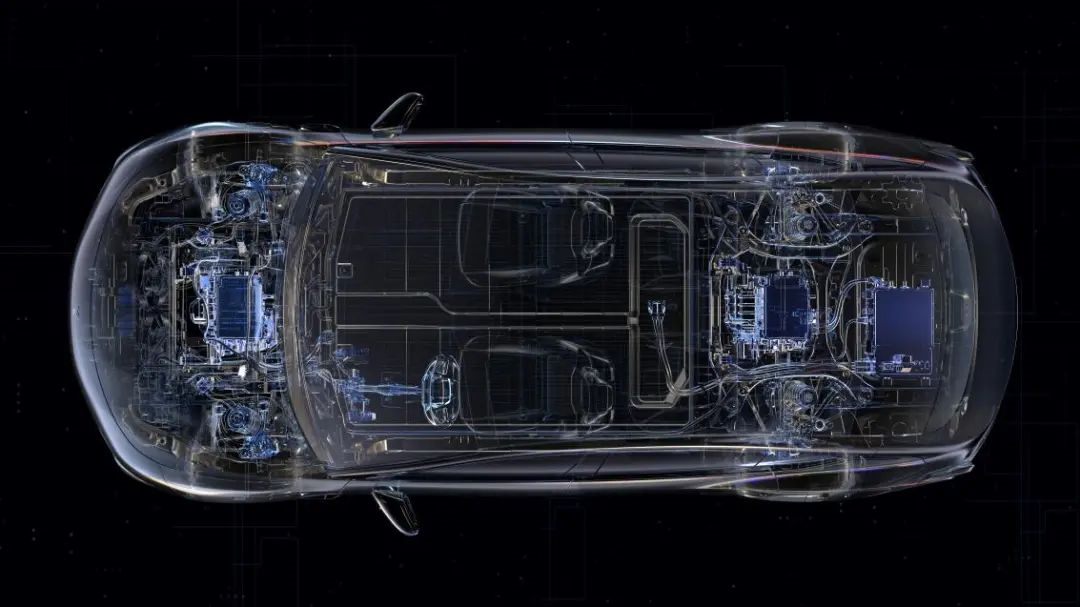
I asked a sharp question: Can your self-tuning compare with the results of foreign companies hired by competing products?
Unexpectedly, it was the most relaxed question to answer: “Chief Engineer Yu has actually participated in the early joint development and tuning of some performance cars in Italy, the United Kingdom, and Germany. Our other engineers have also had the opportunity to participate in the overseas joint development and tuning of many excellent vehicle chassis models from 2010 to the present, thanks to the development trend of Chinese automobile companies. Therefore, we are very confident.”An interesting detail about NETA S is that every weekend, the team hands over the current stage of fine-tuning vehicles to other departments for daily use, collecting feedback from colleagues as users for further adjustment.
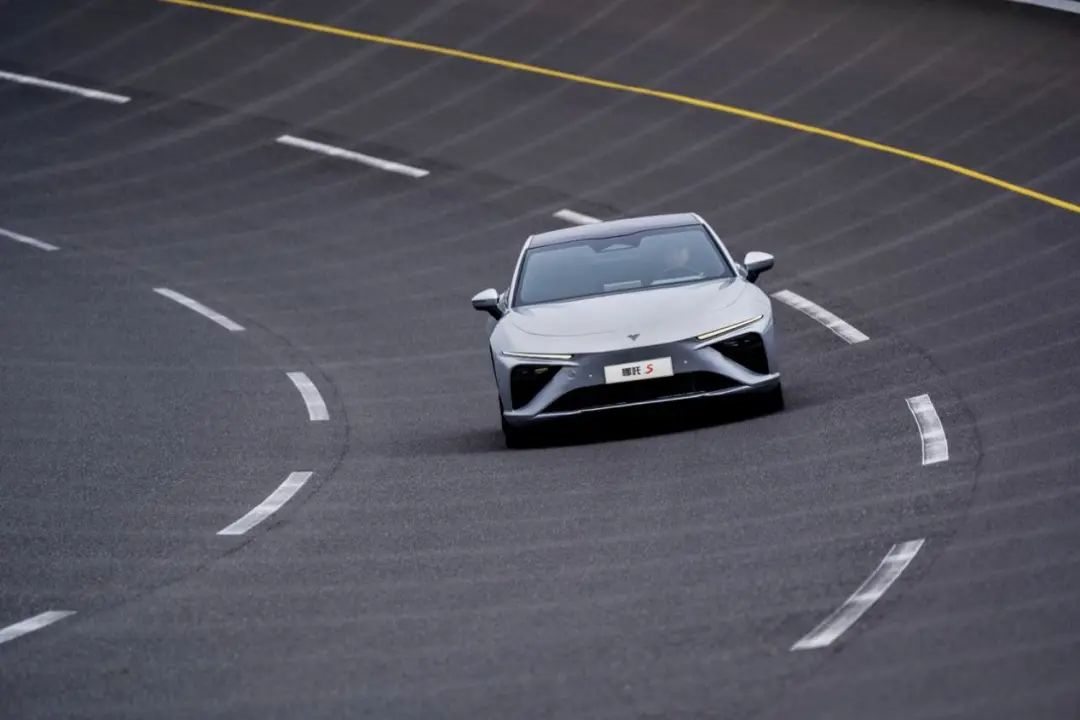
“This is like a spiral target, focusing on a target point. Starting from the periphery and gradually spiraling inwards from the initial design stage, we aim at the bull’s-eye of customer satisfaction, ultimately completing the entire chassis calibration process.”
This metaphor of spiral target is used by the chassis team, but I believe this working process runs through the work philosophy of all departments and colleagues in NETA S.
The history of the automobile industry is short and long, and the success of almost every brand comes from the appearance of a stunning model at the right time.
As the century of intelligent automobile revolution overlaps with the century of opportunity for Chinese brands, NETA S undoubtedly becomes the best representative of the NETA brand’s flourishing.
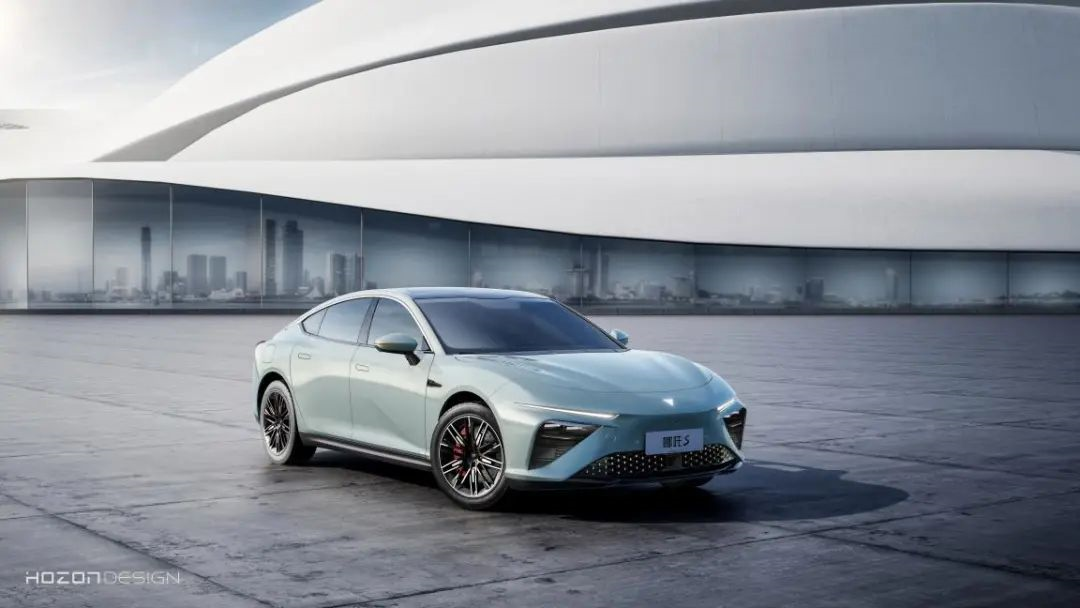
For NETA, NETA S is not an isolated individual. All underlying accumulation and intelligent technology will be integrated into NETA’s technology platform to empower more segmented models.
As we all know, the platform used for NETA S is called “Shanhai Platform”. Before this interview, I simply understood it as another noun concept selected from Chinese mythology. However, after the interview, I have another understanding of this name.
On one hand, the brand image is soaring and standing above the peak.
On the other hand, the sales are blooming and expanding to the vast sky and sea.
This article is a translation by ChatGPT of a Chinese report from 42HOW. If you have any questions about it, please email bd@42how.com.
